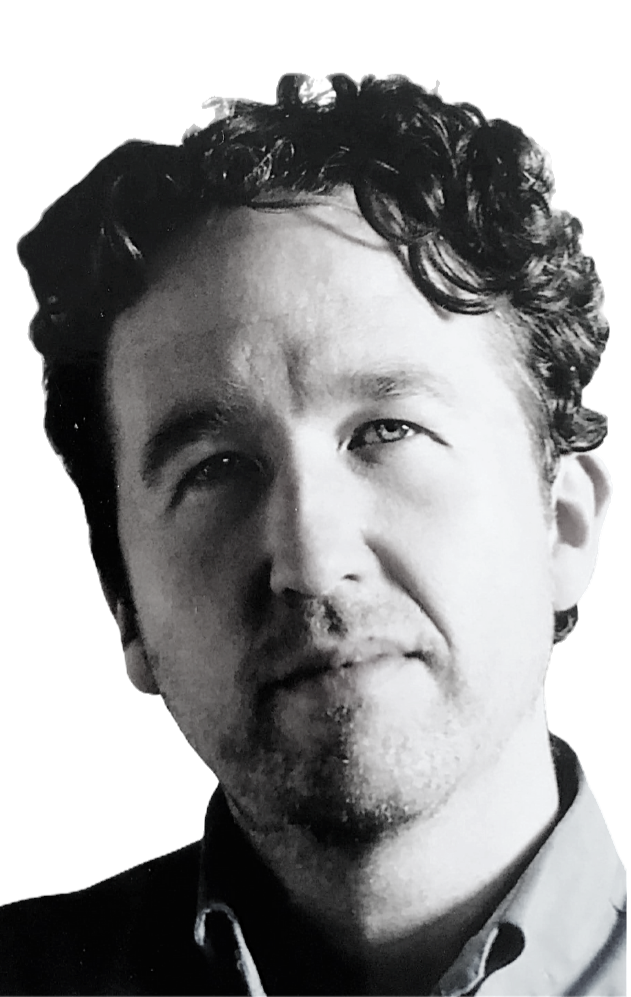Can a Drawing Hold Time?
- Tom McPherson

- Oct 31
- 3 min read
Updated: 2 days ago

It might seem odd to suggest that a drawing can capture time. However, each drawing holds a trace of time in the marks that are made.
There are three ways to think about how a drawing holds time. It turns experience into marks. It accumulates time as it’s made. And it releases that time again when someone looks.
Drawing Turns Experience into Marks
Drawing begins with looking. It’s a way of noticing and responding. Every mark we make is both a description and a record, a sign that attention was given. The line shows how the artist was seeing at that moment: fast or slow, confident or hesitant.
Drawing turns the movement of looking into a still image. It condenses time into a surface. That’s one reason drawings feel alive, they contain both motion and stillness.
A quick sketch shows the speed of its making. The lines are fresh, immediate, full of energy. A slow drawing, built gradually, feels patient and steady.
Each mark holds a small fragment of the time it took to see. Together, they form a kind of map of attention, a record of looking made visible.
Even once it’s finished, a drawing seems to keep some of that energy. The movement of the hand is gone, but its rhythm remains. The drawing holds it quietly.
Drawing and Photography
The difference between drawing and photography helps us understand this more clearly. A drawing begins with nothing, a blank page. A photograph begins with everything already in view.
The camera captures an instant. In less than a second, the image is fixed. A drawing takes hours, sometimes days. Every mark is a decision. Every shadow is built through time.
The difference is not about tools, but about attention. A photograph records what light has shown; a drawing records what the artist has noticed.
A photograph captures an appearance. A drawing reveals an experience. That’s why drawings and photographs feel so different, even when they show the same subject. Drawing is slow. It gives time back to us. It allows us to linger. In drawing, nothing appears by accident. The artist includes only what has been seen and understood.
While the camera captures in speed what the eye barely registers, drawing reveals through time what the mind has slowly come to know. In this way, a drawing doesn’t just depict what’s visible. It shows the act of seeing, the experience of time spent looking.
The Gaze of the Viewer
A finished drawing rests silently until someone looks. The time of its making is held within it, waiting to be released. The moment you look, your time meets the artist’s time.
The drawing comes alive again. The gaze of the viewer completes the circle.
A piece of writing unfolds word by word. A drawing unfolds differently, all at once, yet also slowly, as the eye travels across it. The viewer experiences two kinds of time: the immediate sense of seeing everything, and the gradual time of looking closely.
In that connection, the artist’s past time and the viewer’s present time, the drawing lives again. Every mark becomes a bridge across time, connecting two moments of attention.
Reflection
So, how does a drawing hold time? It turns experience into marks. It gathers the hours of its making. And it releases that time through the gaze of a future viewer.
Drawing is not only about space, shape, proportion, and perspective, but also about duration. Every line records a moment of thought. Every correction marks a hesitation or change of mind. Each layer of tone contains minutes, hours, sometimes years of attention.
A drawing is both image and trace, a record of how someone once looked, how they paused, and how they left a mark for someone else to find.
That’s what makes drawing deeply human. It reminds us that to see is to spend time, and to draw is to preserve it.
These ideas are based on my forthcoming book: The Habit of Drawing Fast and Slow. For more details, please visit www.circlelineartschool.com/the-habit-of-drawing.
Subscribe to Circle Line Notes for new posts by email.


